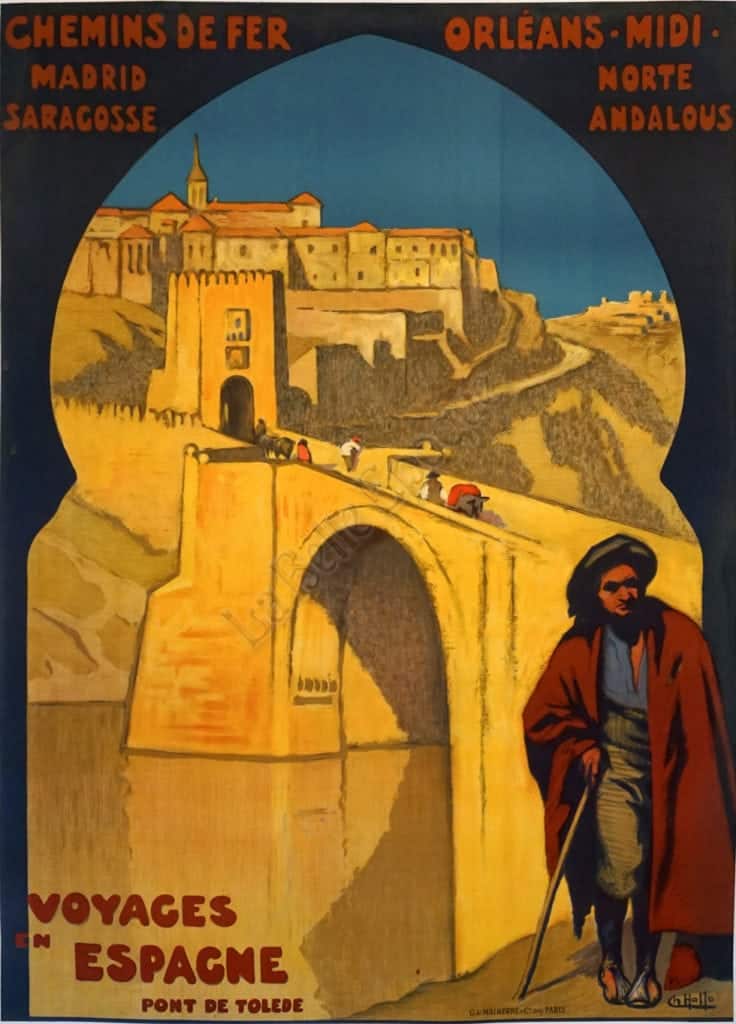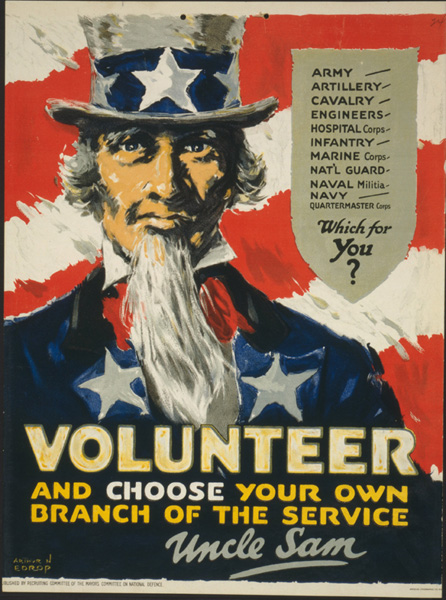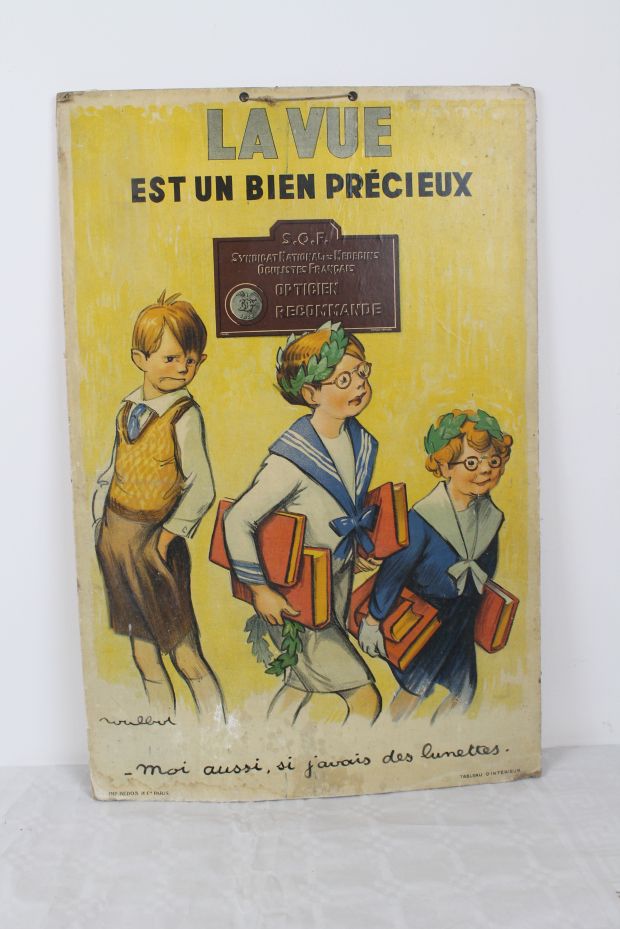One of the most tried and tested methods of advertising is the poster. The billboards on your way to work, the flyers glued to the walls and doors, all stem from this form of media. We also have great admiration for this art form and we wish to share this with you!
The history of historical posters
The modern poster came about in the 1850s, since the printing industry made it cheaper to print in colour and mass producable. Their intent is to draw people’s attention and send a message, using a combination of art and text.

They had come into their own in the 1890s, spreading all over Europe, primarily with the help of french artists. Some include Toulouse-Lautrec, Jules Cheret and Georges De Feure. Cheret is considered to be the father of posters, having introduced sexuality into advertising as well.
Posters were a vessel for circus shows, company adverts, event announcements, propaganda posters, movies, railway, boxing, concerts to advertise. Later on, posters entered households, in the form of pin-up posters, comic books and affirmation posters.
Posters, Politics and Propaganda
Political uses of posters began in the First World War, by German graphic designers at the time. The allies followed suit.
Posters were being used as one of the definitive ways to persuade the public during times of war. They were made to garner public support, give the country a common enemy and recruit people for military purposes. This would be done via fear tactics or advertising the prosperity of peace or power. Most notable historic posters include the Uncle Sam poster and the “Its a women’s war too!” poster.

The Russian Revolution also made heavy use of propaganda, as a method to “educate” the public, to which it gave the Bolsheviks the upper hand. They had a department of agitation and propagnda, simply on this task only. This is akin to the ministry of public enlightenment and propaganda, elected by the nazi party.

Posters are a cheap and effective way to spread your message across. We don’t have political propaganda but we have propaganda for opticians with this poster. Or check out our posters of Chemin De Fer D’Orleans, dating back to the 1920s, showing french locations such as chateaux de chenonceaux, Cheateau D’usse and Chaumont.
